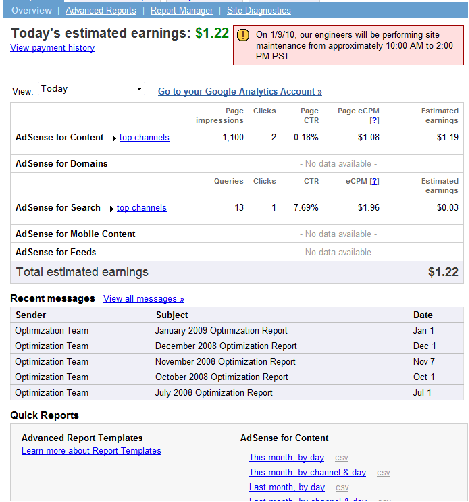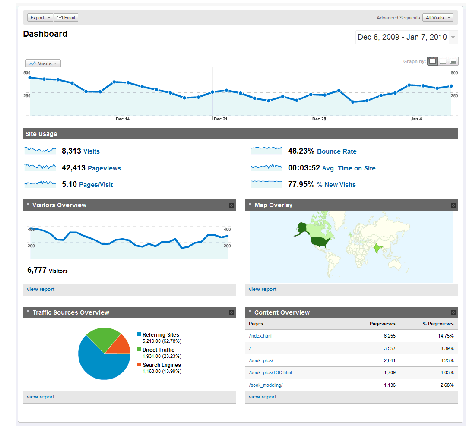Jack, H., “A New Model for Author Driven Digital Publishing”, ASEE Annual Meeting, Louisville, KY, June 2010.A New Model for Author Driven Digital Publishing AbstractBooks in print still dominate the college campus. The long-standing model for publishing involves corporate entities that take the work of an author and add value by providing review, typesetting, publishing, marketing, and distribution. This model has been very successful, but is not adapting well as technology moves beyond paper for communication. The most fundamental threat to the traditional publishing model is that the Internet creates a culture where information is perceived to be ‘free’ and people are reluctant to pay for content. This creates a major dilemma for authors and publishers who seek compensation for work. There have been numerous attempts to adopt non-traditional approaches to publishing that have had some success, but not enough to displace traditional publishing. This paper describes an approach to digital publishing that allows authors to directly deliver content to readers, using advertising revenues for compensation. Paper based copies of books are still available for those who want to purchase them. The details of the method, opportunities, and challenges will be discussed. IntroductionThe author began posting course materials on the internet in 1995. Since then the quality of course materials has expanded to include more notes, additional course support materials, and a number of custom written books1. This format has been extremely popular, primarily because the materials are freely available on the Internet. This approach is not new and there are a large number of extremely valuable resources with similar approaches2, 3, 4, 5. Originally the materials were hosted on a university server, and as such were not suitable for commercialization. In August 2009 the materials were moved to a private website to allow commercialization. Over time the author has explored various approaches to structuring and optimizing the website for his own materials. In the next stage of the work the site is being expanded to multiple authors. DesignA sample of a web page from the site is shown in Figure 1. The content is the major portion of the screen, while the left and top side shows the look-and-feel in January 2010. The critical features of the page are a clear title at the top of the screen. On the left hand side is a Logo with a link to the main site, a search bar, followed by some advertisements. Advertisements also appear at the top of the page under the title. These advertisements are minimally intrusive and the focus remains on the content. It is worth noting that this page is for an ebook on PLCs and all of the ads are relevant to the topic. For professionals this can be a useful tool to find commercial suppliers of related equipment. For students it can be a valuable exposure to professional resources. 
Website pages are creating by saving from a word processor using a customized export format. The website format is complete so not special effort is required to create the web pages. The web pages are uploaded to the site with FTP. In other words most of the work focuses on content creation. A wise approach is to use materials that can also be used for instruction or other purposes. In general the website is organized for two types of traffic. ‘Destination traffic’ will typically arrive at the upper levels of the website and then look for resources. For those users they must be able to locate the appropriate materials with the smallest number of ‘clicks’. The other source of traffic is ‘casual’, users arrive from search engines or links from other web pages. These users count on tools for navigating to other resources on the site. The approach to this site is very well suited to faculty members. The typical business venture requires daily effort and upkeep. In this case the work can be done when it is convenient, and then left alone for months while still generating revenue. In addition it fulfills our mission of education; generate knowledge, distribute knowledge, and have the most impact possible. Removing the barrier of ‘purchasing’ knowledge makes it much more useful and attractive. And the use of advertisements make payment voluntary: and in many cases useful to the user. RevenueThe internet model for advertising has an advertising service such as Google, Microsoft, Yahoo, etc. provide a small segment of code that is inserted into web pages. When the web page is viewed the segment of code calls to a server to get the advertisement. The ad servers are aware of the content on the page and provide relevant images. There also controls to prevent certain categories of advertisements. In the authors case the site does not allow advertisements with sexual, political, or other potentially objectionable content. The advertising service tracks both the number of times advertisements are displayed, and when they are clicked. Advertising revenue is primarily a function of the number of times the advertisements are ‘clicked’. The value for each ‘click’ varies from a few cents to over a dollar. It is reasonable to have one advertisement click for dozens of page views. The author uses the Google advertising services, called Adsense6. A sample screen for the service is shown in Figure 2. The example page shows the total earned for that advertising account for that day. As the day progresses the revenue will increase. In this example the website was accessed 1,100 times, and there were 13 user searches. There were only two advertisement clicks to that point in the day (much lower than normal). However the two advertising clicks yielded $1.19 in revenue. there was also one click for the search that yielded $0.03. For the material on the site the flow of traffic is a function of time, typically related to time of day, and day of week. Other information can be tracked such as revenue based on ad position and type. 
Figure 2: Google Adsense Overview Report Screen Revenues are automatically totaled and sent out on a monthly basis. Adsense does not require any efforts to track or trigger payments thus eliminating the need for authors to handle daily business issues. In a simple sense, once the materials are set up they do not require any effort to maintain. And as new materials are generated they are added to the site. MetricsAs academics we are well suited to data analysis and system tuning. Tools are available for tracking website performance. These can be used to generate a large volume of data. The author uses a tool called Google Analytics7 which tracks how the website is accessed. A sample screen capture is shown in Figure 3. Some of the metrics available are listed below. The geographical source of queries The time the user viewed the page 
Figure 3: Example of a Google Analytics Report The example report in Figure 3 is for a single website. In this case the number of visits drops from over 400 per day down to a couple of hundred. These variations are easily related to weekends and holidays. The two lowest dips occur at Christmas and the New Year. Other times spike occur, but the cause is not always evident. Other metrics are available on the main page. Here the average site user looks at more than 5 pages. About half of the users arrive at the site and then leave without look farther, over 3/4 of the visitors are new, and the average user is on the site for almost 4 minutes. The map indicates that a majority of the traffic comes from the US, with Canada and India as other sources of visitors. Beyond the overview screen there are many ways to analyze the data. From a faculty standpoint it can be useful to see what topics are in great demand, what knowledge is needed, who needs it, and more. Extending the ModelAt this point all of the materials on the site belong to the author and one collaborator. During 2010 the site will be expanded to include materials from other authors. To maintain the business model the other authors will post materials with their own Adsense accounts to receive revenue directly. The site ‘owner’ will place lesser ads on the page to cover the cost of the web site and related expenses. The individual authors will be paid directly, eliminating all of the business functions to handle accounting. Overall this creates an environment well suited to academics who will produce material as part of their normal work and the post it where it can provide value to others. The contributors receive some income to justify the time required to produce these materials. For the materials to be recognized as publications for the purposes of promotion and tenure there must be some recognition of quality. There are a few factors and alternatives that will be considered in future work including i) editorial exclusion of sub-standard materials, ii) peer review of material, iii) user review of material, iv) contributor reputation and quality ranking, and/or v) paid author submission already used by many journals. The current content of the website could easily be printed and distributed on paper. However, the website approach would permit the addition of much more interactive, innovative, and creative materials. For example the site could include many parallel material presentations suited to different learning styles. Students who prefer a more verbal approach could read while others could seek out visual alternatives. ConclusionsThe approach outlined in this paper is a method for publishing that could eventually generate revenues similar or greater than those for textbook authors without the need to locate a publisher and do all related activities, such as promotion. It also eliminates the need to maintain page counts or adhere to traditional book formats. In simple terms it allows us to spend our time generating content as academics, share it with people freely, but still generate income from our works. References1. Jack, H, “Engineer on a disk”, http://engineeronadisk.com 2. MIT Open Course Ware, http://ocw.mit.edu 3. Merlot Open Textbook Projects, http://taste.merlot.org/opentextbooks.html 4. Wikibooks, http://en.wikibooks.org/wiki/Main_Page 5. Wikipedia, http://www.wikipedia.org/ 6. Adsense, http://www.google.com/adsense |